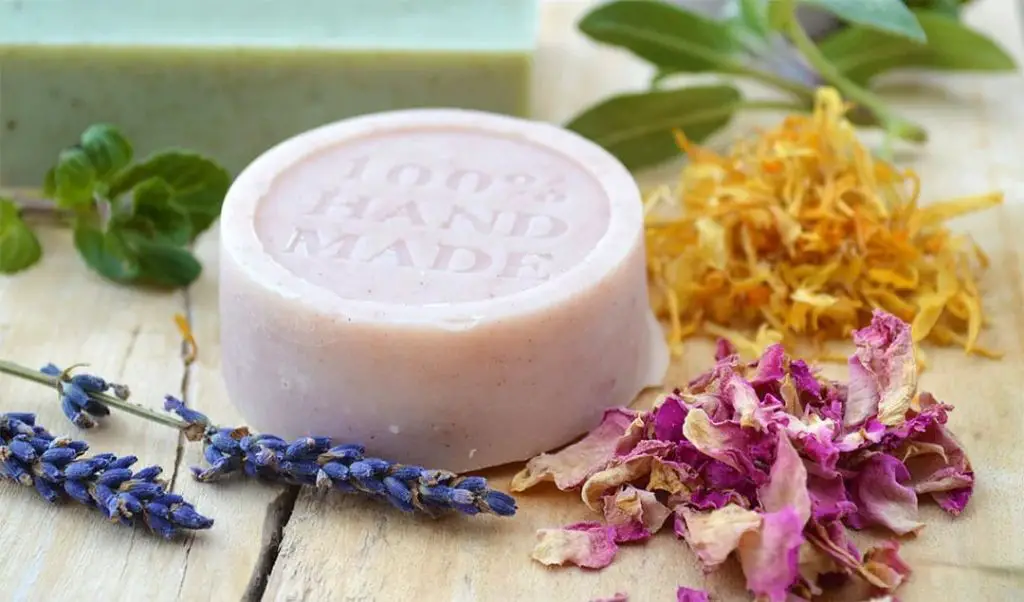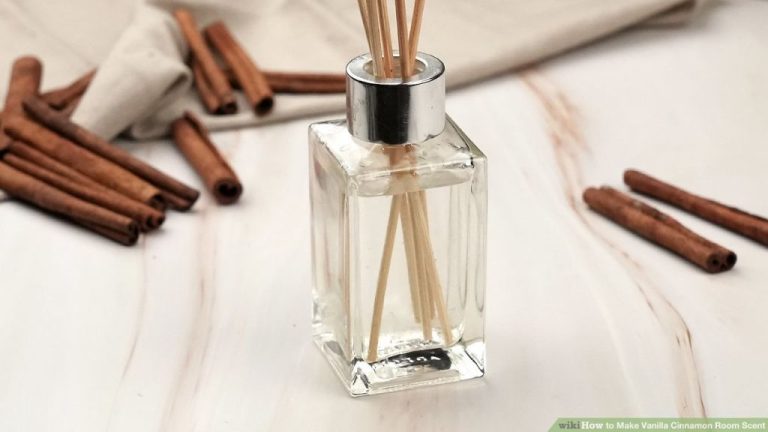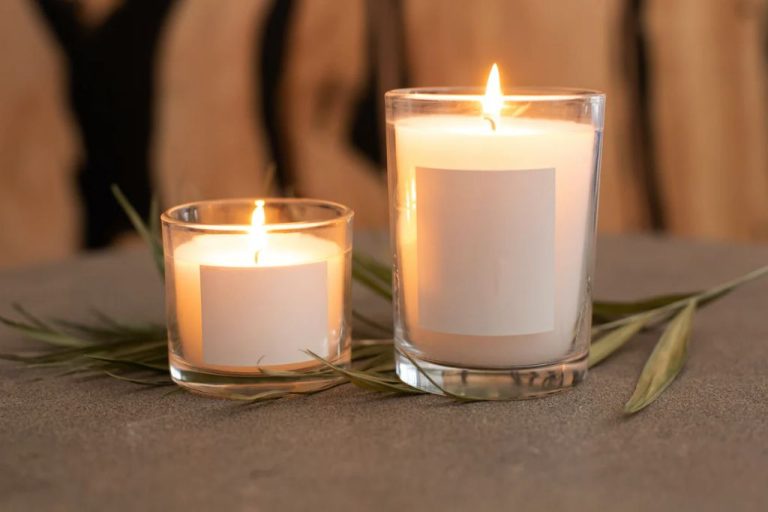What Should Not Be Added To Melt And Pour?
Melt and pour soap is a quick and easy way to make soap at home without having to deal with lye. It starts as a premade soap base that has already undergone saponification, which is the chemical process that turns oils and fats into soap. This base is melted, has additives mixed in, and is then poured into molds to set up. The finished soaps resemble handmade cold process soap but without the hassle and dangers of working with caustic lye.
The melt and pour process allows hobbyists and small businesses to create beautiful soaps with fun designs relatively quickly and safely. However, some additives are better than others when it comes to melt and pour soap.
Essential Oils
Essential oils can be added to melt and pour soap, but only in low concentrations (typically 1-3% of the oil weight). The soap base already contains its own fragrance, so adding too much essential oil can overpower it. Certain essential oils like cinnamon, clove, lemon and other citrus oils may also seize or react with the soap base if used in high amounts.
It’s recommended to add no more than 0.5-1 ounce of essential oil per pound of melt and pour soap base. Peppermint, lavender, tea tree, and eucalyptus oils tend to work well. Avoid using spicy oils like cinnamon unless highly diluted. Always test a small amount first before adding to a full batch. Essential oils will make the soap more aromatic, but use a light hand as less is often more when it comes to scenting melt and pour soaps.
According to BrambleBerry [1], essential oils can be added after melting the soap base, blending for a minute to incorporate. Do not add essential oils to solid melt and pour base as it may seize up. Raw soap base and lower temperatures help essential oils blend more smoothly.
[1] https://www.brambleberry.com/shop-by-craft/soap-making/melt-and-pour/essential-oils
Dried Botanicals and Flowers
While visually appealing, adding dried botanicals and flowers directly into melt and pour soap is not recommended. The plant matter contains sugars, starches, and oils that can undergo fermentation when introduced into the alkaline soap. This can lead to DOS, which is an unpleasant smell caused by spoilage and rancidity.

DOS stands for “Dreaded Orange Spots” and it can appear when foreign particles get trapped in the soap. The sugars and starches act as food for bacteria, causing the orange spots, strange smells, and product spoilage. Dried botanicals also tend to clump together when mixed into melt and pour soap, creating an unattractive look.
Rather than add them directly, the best way to include dried botanicals in melt and pour soap is to use them as decoration on the outside of the soap. They can be gently pressed into the surface after pouring and before the soap hardens. This allows you to get the visual benefit without the risk of damaging the soap.
Chunk Additives
Chunk additives like dried flowers, herbs, oats, seeds, coffee grounds, and tea leaves may seem visually appealing suspended in clear melt and pour soap base. However, they can make unmolding difficult and leave indentations in the final bars if not suspended evenly. The chunks may also clump together or float to the top during cure. According to [Brambleberry] (
Dairy Products
Dairy products like milk, cream, and yogurt should not be added to melt and pour soap. The proteins and sugars in dairy can promote bacterial growth and spoilage in soap. The high-fat content of dairy products like cream may also accelerate rancidity. When added to soap, dairy tends to curdle and separate rather than blending smoothly into the soap base. From a food safety perspective, dairy products introduce the risk of pathogens like salmonella and listeria to the soap. Even when used in small amounts, dairy can reduce the shelf life of melt and pour soap significantly. For all these reasons, it’s best to avoid using any dairy products in melt and pour soap recipes.
Fresh Produce
Fresh fruits and vegetables like strawberries, bananas, avocados, tomatoes, etc. may seem like an appealing addition to melt and pour soap. However, fresh produce contains a high water content that will lead to quick decay in the soap (Source 1).
Fruits and veggies are made up of cells that will continue respiring after harvest. This process releases heat and moisture that will accelerate mold growth. No amount of botanical additives or preservatives can prevent fresh ingredients from deteriorating (Source 2).
Within a few weeks, fresh produce in melt and pour soap will turn brown, weep fluids, develop DOS (dreaded orange spots), and become mushy. The moist environment of soap is the perfect breeding ground for uncontrolled microbial growth.
While visually appealing at first, fresh fruits and vegetables will cause major cosmetic issues down the line. For this reason, most soapmakers advise against using fresh produce in melt and pour soap.
Colorants
Certain synthetic dyes not specifically formulated for soap should be avoided for melt and pour soap. While regular food coloring or fabric dyes may seem tempting to use for coloring soap, these dyes are not approved for use on skin and could potentially cause irritation or staining. According to Brambleberry, specialized melt and pour soap dyes are rigorously tested for skin safety and will not bleed or morph colors when added to glycerin soap base.
There are many safe, skin-friendly melt and pour soap colorants on the market that are designed for cold process soapmaking. When adding colorants, it’s best to stick with reputable suppliers like Brambleberry that formulate dyes specifically for soap and cosmetic use. While alternatives like clothing dye may save money, safety should be the priority when working with skin products.
Fragrance Oils
Fragrance oils are highly concentrated scented oils that are added to melt and pour soap to provide a pleasant scent. However, some fragrance oils contain chemicals that may irritate the skin for certain individuals.
Some fragrance oils are made entirely from essential oils and natural ingredients. These are usually labeled as “natural fragrance” or “essential oil fragrance”. These are safe to use in melt and pour soap.
However, many synthetic fragrance oils contain chemicals like phthalates, parabens, formaldehyde releasers, and synthetic musks. These ingredients can potentially be absorbed through the skin and may cause issues like contact dermatitis, allergies, and hormone disruption. Those with sensitive skin or allergies may wish to avoid fragrance oils containing these synthetic chemicals.
Preservatives
Preservatives are unnecessary and problematic in melt and pour soap. Preservatives help extend the shelf life of cosmetic products by preventing microbial growth and spoilage. However, preservatives are not needed for melt and pour soap. The high pH and antimicrobial properties of soap prevent microbial growth on its own.
According to Soap Queen, you never have to worry about adding a preservative to melt and pour soap. The saponification process generates soap with a pH of 9-10, which prevents bacteria, mold, and fungi from growing. Melt and pour soaps also do not contain much free water for germs to grow in.
Adding preservatives to melt and pour soap can actually cause more harm than good. Many preservatives optimal for lotions and creams are not formulated for the high pH of soaps. Trying to lower soap’s pH to make preservatives effective will alter the soap structure. Unless you are adding milk, fruit, or fragile ingredients to melt and pour, preservatives are unnecessary and problematic.
Conclusion
When making melt and pour soap, it’s important to avoid adding certain ingredients that can cause issues with the finished product. The main additives to avoid are essential oils, dried botanicals and flowers, chunk additives like oats or coffee grounds, dairy products, fresh produce, artificial colorants, fragrance oils, and preservatives.
Essential oils, dried botanicals, flowers, and chunk additives can accelerate trace or cause seizing in melt and pour soap. The ingredients react with the chemical structure of the soap base. Dairy products like milk or cream will spoil and rot quickly in melt and pour soap. Fresh produce contains a lot of water content, which will lead to mold growth. Artificial colorants and fragrances may cause skin irritation for some. And preservatives are not needed in melt and pour soap that does not contain any natural additives.
By avoiding these ingredients, you can create quality melt and pour soaps that will retain their color, fragrance, and texture for a long shelf life. Stick to gentle, skin-safe botanical additives like clay, oatmeal, or poppy seeds instead. And focus on creative designs, molds, embeds, and packaging to make your soaps stand out.






